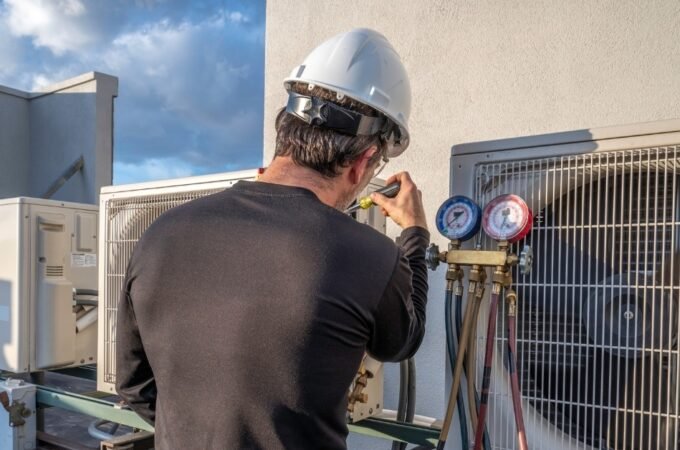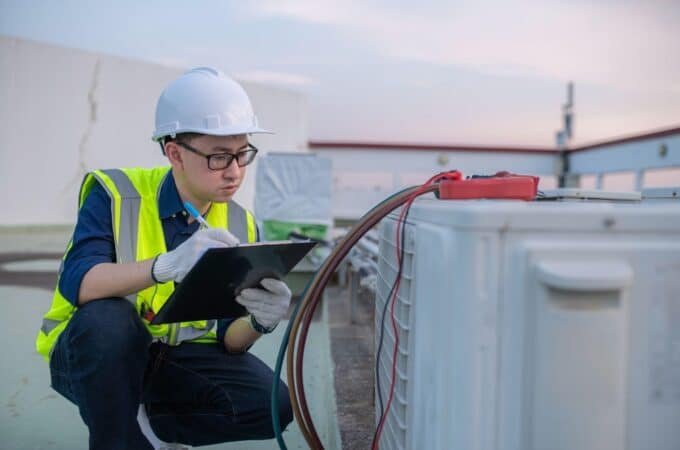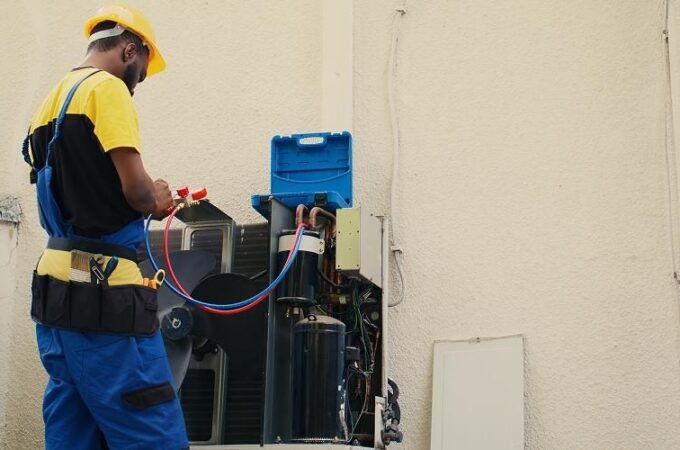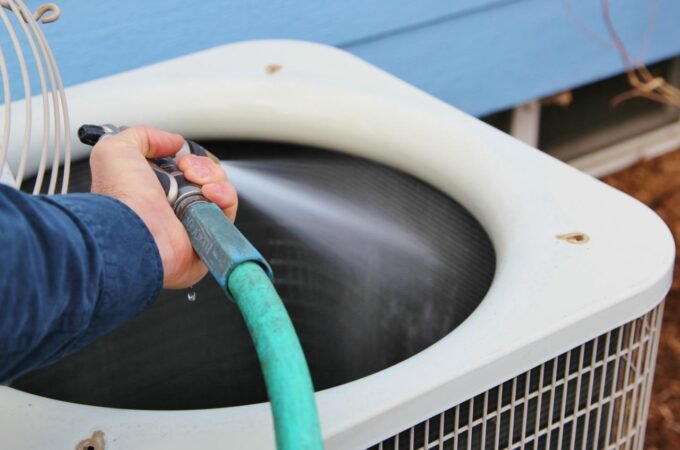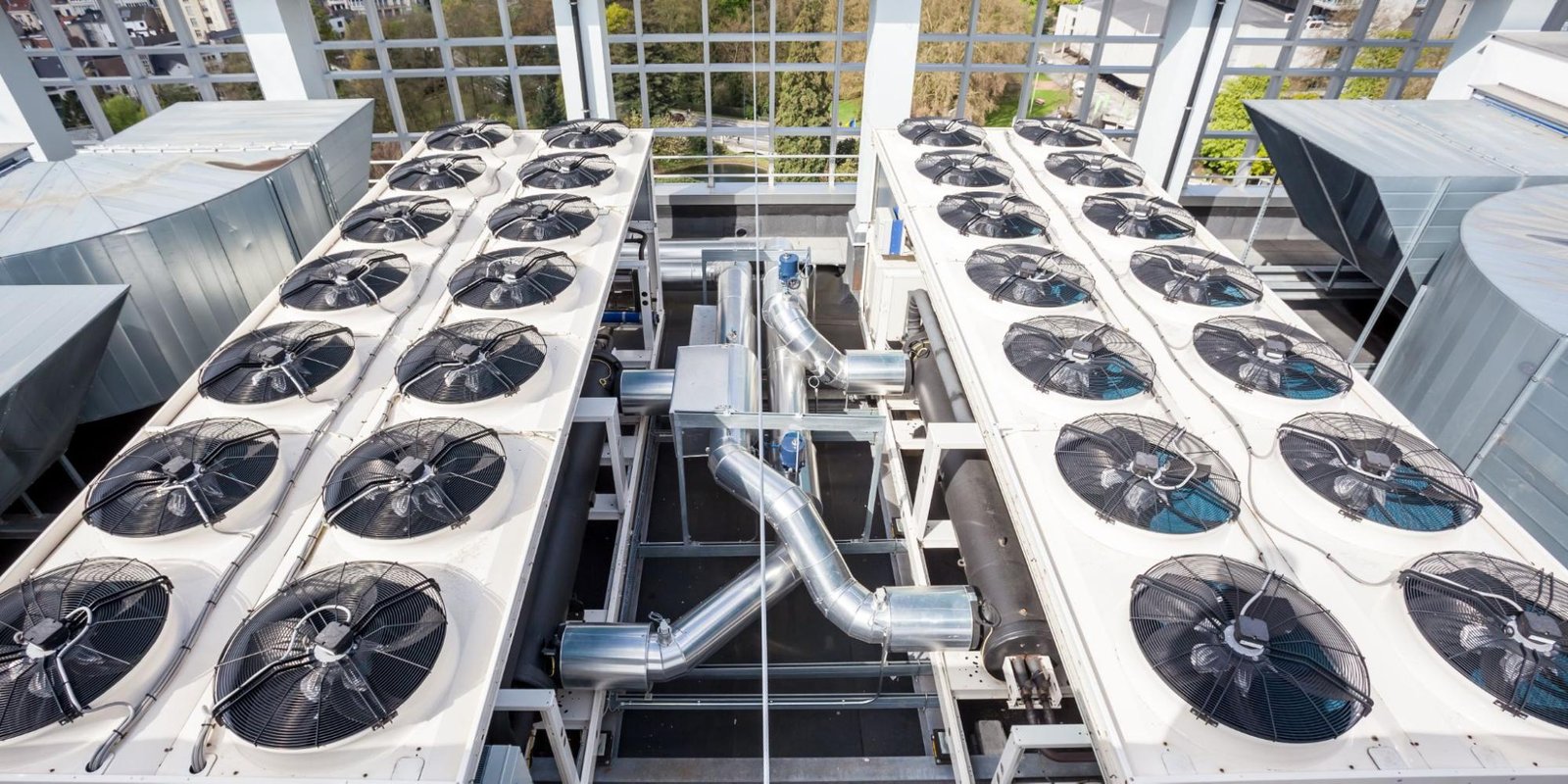
What Commercial Buildings Gain from Modern HVAC Systems
Table of Contents
ToggleKey Takeaways
- Modern HVAC technology elevates occupant comfort, boosts productivity, and enhances building value.
- Cost-saving features and energy-efficient designs drive down long-term operating expenses.
- Sustainability standards and green initiatives align with future regulatory requirements.
- Smart maintenance solutions prevent downtime and unexpected repair costs.
- Selecting the right system is a nuanced process best guided by holistic planning.
Better Work Environments through Advanced HVAC
A comfortable workspace sets the foundation for employee satisfaction, health, and high performance; in commercial settings, this is heavily influenced by the quality of HVAC systems. Advanced HVAC systems provide more precise control of temperature and humidity, ensuring an environment that not only feels comfortable but also prevents the development of moisture-related issues, such as mold, which can impact both health and property integrity. Timely servicing is critical; with 24/7 commercial HVAC repair services, workplaces that rely on uninterrupted comfort—like data centers, hospitals, or late-shift offices—can safeguard against costly disruptions at any hour.
Research supports the significance of these systems. Maintaining optimal ventilation and air purification in office spaces is correlated with fewer sick days, improved focus, and even better cognitive outcomes. A healthy work environment isn’t just a luxury; it’s an essential pillar for functional teams and business continuity. Commercial spaces that invest in quality HVAC not only attract and retain employees but also gain measurable productivity advantages over competitors.
Energy Savings and Cost Reduction
Operating costs are a primary concern in commercial buildings, with HVAC typically representing the most significant energy draw after lighting. Innovative HVAC technologies, such as variable refrigerant flow systems, high-efficiency compressors, and fine-tuned zoning, have been game changers in controlling utility expenses. Zoned systems, which deliver cooling and heating where it is needed most, prevent unnecessary conditioning of vacant or low-traffic areas. Many modern setups feature occupancy sensors, learning algorithms, and app-based controls, allowing facilities teams to make data-driven decisions and quickly correct inefficiencies, fine-tuning systems for seasonal or operational changes. For multi-tenant properties and campuses, these adjustments often translate directly into lower overhead, which can improve tenant satisfaction and make commercial assets more competitive in the market.
Sustainability in Action
Today’s corporate world is acutely aware of its environmental impact, and commercial buildings are increasingly under scrutiny. Upgrading to systems that utilize low-impact refrigerants, adopt demand-controlled ventilation, and incorporate energy recovery ventilation can help buildings reduce their carbon footprint and even achieve sought-after certifications, such as LEED or WELL Building Standard. These efforts matter: commercial spaces that invest in sustainability often experience reduced regulatory risk and increase their long-term resilience against fluctuations in energy prices.
Improved air filtration—through the use of HEPA filters, MERV 13+ solutions, or UV-C lamps—captures more particulates and pathogens, supporting both health and environmental stewardship. Organizations that prioritize green HVAC features become more attractive partners for other companies focused on ESG (Environmental, Social, Governance) goals and are primed to capitalize on emerging local or federal green building incentives. As regulatory and consumer expectations continue to rise, sustainability-oriented HVAC upgrades are quickly becoming the industry’s gold standard.
Maintenance Made Simple with Smart Technology
Shifting from reactive to proactive maintenance is one of the most apparent benefits of current HVAC innovation. IoT-enabled sensors continuously monitor system performance and environmental variables, providing facilities teams with instant alerts when any deviation occurs from norms. Instead of waiting for a breakdown to disrupt operations, predictive maintenance strategies enable planned service during preferred downtime, thereby minimizing operational headaches.
Entities that adopt smart oversight have reported reductions of 20% to 25% in routine maintenance spending. With real-time data dashboards, teams managing multiple locations can efficiently allocate resources, compare performance across sites, and identify failing components before they compromise thermal comfort or lead to more extensive repairs. Ultimately, these digital tools represent significant risk reduction and help extend the working life of costly HVAC investments.
Life-Cycle Considerations for System Upgrades
HVAC system upgrades represent a capital investment that can impact a building’s market value for decades. Rather than simply selecting the least expensive upfront option, informed decision-makers assess life-cycle costs, which account for everything from installation and utility bills to maintenance, anticipated repair needs, and eventual system replacement. Effective energy modeling—often conducted prior to procurement—predicts outcomes under actual use scenarios, enabling teams to allocate their budget where it will yield the greatest return.
Evaluating total cost of ownership helps expose potential false economies—cheap hardware that may become costly to operate or difficult to repair. Seeking supplier warranties, access to replacement parts, and service agreements is also a wise strategy for risk reduction. Over the system’s lifetime, making the right choices contributes to net savings, builds resilience, and ensures consistent occupant comfort.
Regulations and Green Building Trends
Commercial property regulations regarding energy use and refrigerant standards are evolving rapidly in response to growing environmental concerns and increasingly stringent climate policies. Many municipalities and states are tightening building codes to mandate the use of energy-efficient HVAC systems and environmentally friendly refrigerants. Outdated equipment that relies on high-global-warming-potential (GWP) refrigerants such as R-22 or R-410A is being phased out, with fines or operational restrictions becoming more common for non-compliant systems. These measures aim to curb emissions and reduce the energy footprint of commercial buildings, which are major contributors to overall urban energy consumption.
Fortunately, these regulatory shifts are accompanied by a range of incentives that make compliance more attainable. Numerous federal and state programs now offer grants, rebates, and tax credits for building owners who invest in green upgrades and energy-efficient retrofits. For example, the Inflation Reduction Act and other clean energy initiatives have expanded financial support for HVAC modernization, renewable energy adoption, and improved insulation. Staying up to date on evolving energy policies and incentive programs allows commercial property managers to align with compliance requirements while optimizing the cost-effectiveness of their sustainability efforts.
Beyond incentives and penalties, sustainability certifications like ENERGY STAR, LEED (Leadership in Energy and Environmental Design), and WELL Building Standard are gaining traction in the commercial real estate market. These certifications serve as visible markers of a building’s environmental performance, which can boost its marketability and appeal to tenants, investors, and other stakeholders. As more businesses factor sustainability into their leasing and purchasing decisions, green building trends are reshaping industry norms, driving demand for properties that not only meet current regulations but also embody a forward-thinking commitment to environmental stewardship.
Expert Tips for Choosing the Right HVAC System
- Evaluate Energy Efficiency Ratings
- Check for SEER (Seasonal Energy Efficiency Ratio), EER (Energy Efficiency Ratio), and ENERGY STAR® certifications.
- Systems with high-efficiency ratings reduce utility costs and environmental impact.
- Align performance with local climate—humid, hot, or cold regions each benefit from specific technologies, such as variable-speed compressors or heat pumps.
- Ensure Climate Compatibility
- Select equipment designed to perform optimally under your region’s temperature extremes and seasonal conditions.
- For example, heat pumps work well in moderate climates, while dual-fuel systems may be better for areas with colder winters.
- Consider incorporating humidity control features in high-moisture zones to enhance indoor comfort and prevent mold growth.
- Opt for Modular or Scalable Solutions
- Choose systems that can grow with your needs—ideal for expanding businesses or multi-tenant buildings.
- Scalable units reduce upfront costs by allowing phased implementation as usage increases.
- Modular systems also facilitate easier maintenance by isolating repairs to specific zones without requiring the shutdown of the entire building.
- Integrate Smart Technology and Advanced Controls
- Look for systems with app-based control, smart thermostats, and building automation system (BAS) integration.
- Features like real-time monitoring, energy reporting, and remote diagnostics enhance efficiency and reduce downtime.
- These tools help building managers optimize comfort while minimizing unnecessary energy consumption.
- Request a Full Life-Cycle Cost Analysis
- Go beyond the initial purchase price by asking vendors for a comprehensive life-cycle analysis.
- Factor in energy usage, maintenance, repair costs, and the expected lifespan of the equipment.
- This approach supports better budgeting, long-term savings, and ROI calculation, especially crucial for commercial projects.
- Verify Emergency and Ongoing Maintenance Support
- Partner with HVAC providers that offer guaranteed response times for urgent repairs, particularly for critical facilities such as hospitals or data centers.
- Look into service agreements or maintenance plans that include regular inspections, cleaning, and priority service.
- Proactive maintenance reduces the risk of breakdowns, extends system life, and supports continuous operations.
Future Outlook and Closing Thoughts
With artificial intelligence and connected building systems gaining traction, commercial HVAC systems are poised to become even more responsive to occupants’ needs and external conditions. Predictive controls will continually optimize energy and comfort, adapting automatically as weather, occupancy, and business demands change. These strategies will define successful, future-ready buildings for years to come.

